Click here for currency conversion at today’s exchange rate.
In short, Argentina is a very rich country naturally and also rich in talent and creativity. It is highly regarded and copied in many professional fields from medicine to media.
However, Argentina is still working to get away from its emerging economy status— and it might still be that way for some time.








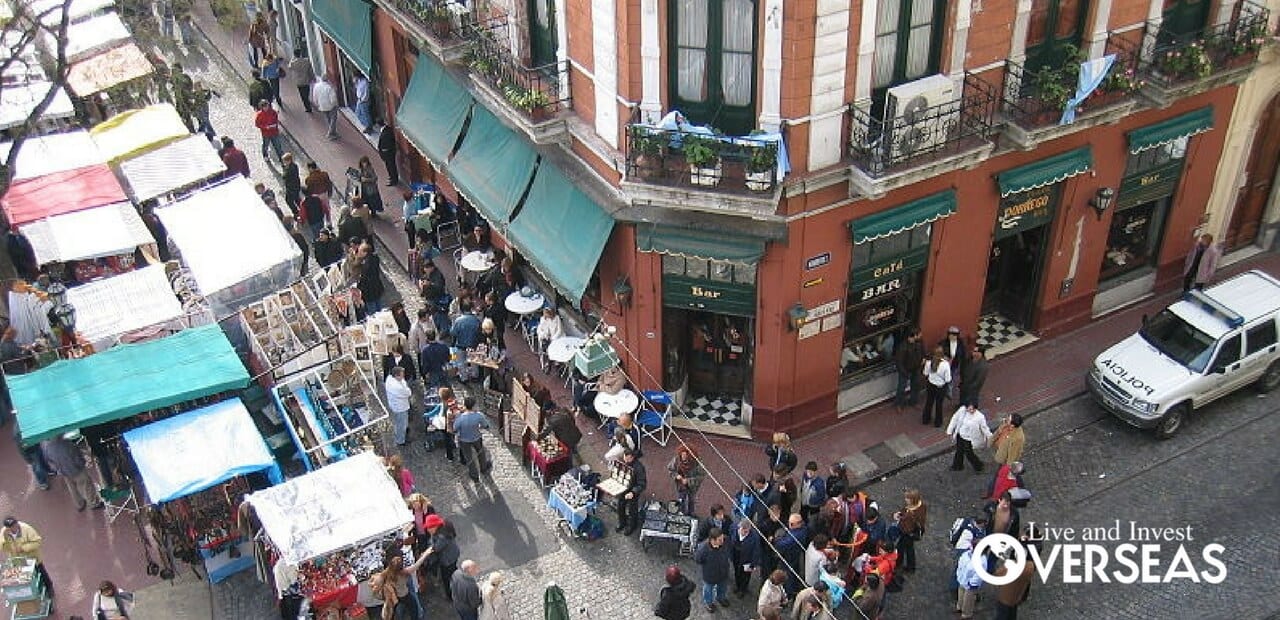





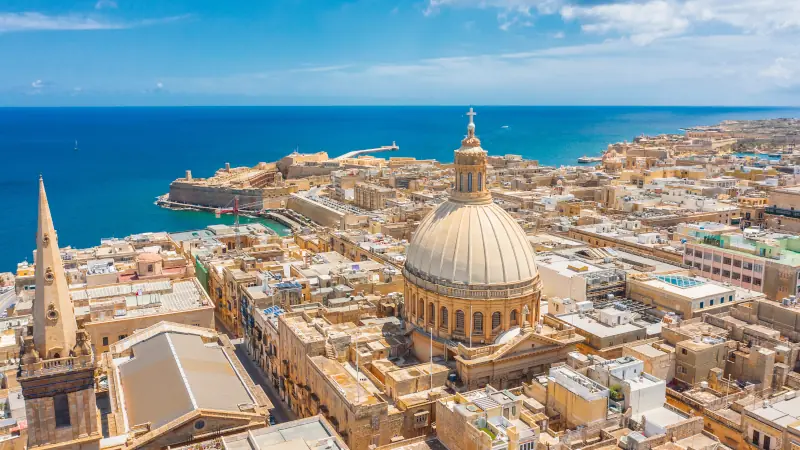 . '
. '
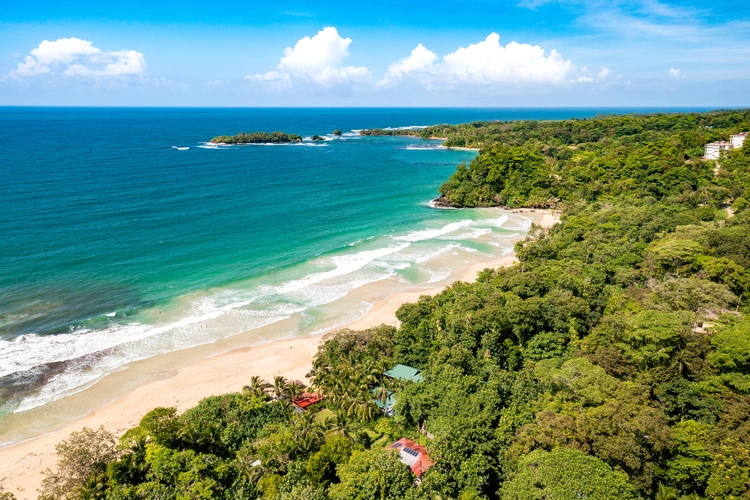 . '
. '
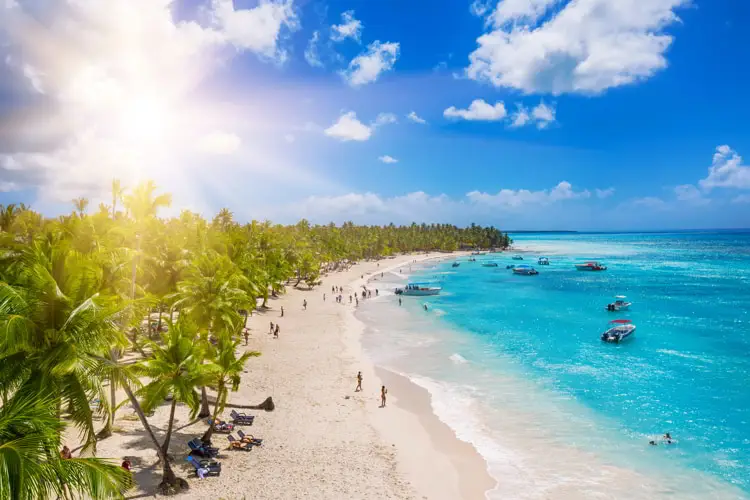 . '
. '
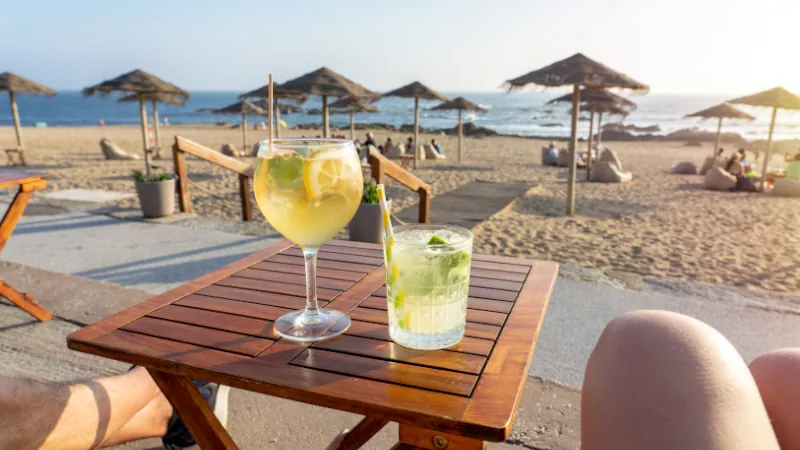 . '
. '
 . '
. '








